The Allure of Aragón: Zaragoza & Huesca
Studying a map of Spain in eighth grade, my first year of Spanish class, I became determined to one day travel to Aragón, not because I knew anything about its history or sights, but merely because, as an uncultured thirteen year old, I found myself giggling at the name’s similarity to a Lord of the Rings character… which is also why I added Bilbao, Spain to the bucket list, I must say.
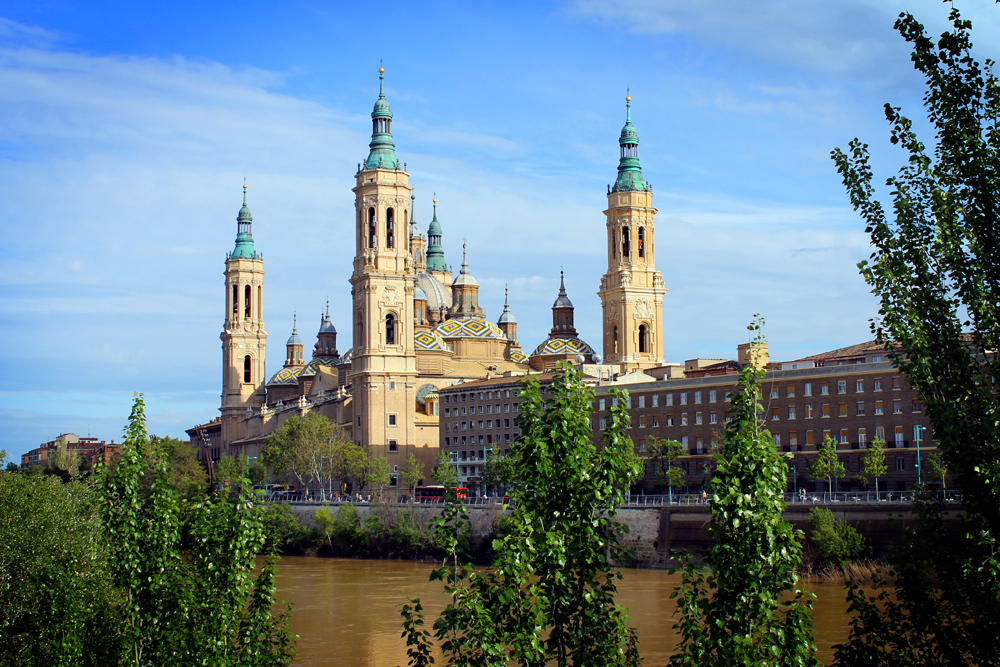
Zaragoza, Aragón. Props to my 13-year-old self for good taste.
During my three years in Spain, I managed to visit sixteen of Spain’s seventeen comunidades autónomas, similar to states. (Oh, Murcia, you elusive thing, you!) With a four day weekend in my last months there, I crossed off numbers fourteen, fifteen, and sixteen on a weekend trip north to the place of my geeky thirteen-year-old travel fantasies, as well as beyond to Navarra and La Rioja.
Catching a bus from Madrid, my friends Linnaea, Tomás, and I headed to our first destination, the capital of Aragón, Zaragoza. Situated in the northeast of Spain, three and a half to four hours from Madrid by bus, Zaragoza is Spain’s fifth largest city (population 700,000), and dates back to ancient Iberian times.
Few plans in place for the weekend, we arrived in Zaragoza prepared to wander. After a quick lunch in the historical center, eating bocadillos, to no one’s surprise (baguette sandwiches, a true staple of Spanish cuisine, especially for stingy backpackers like us), we paid a visit to Zaragoza’s most well-known landmark, the spectacular Basílica del Pilar. They say that after you’ve spent a bit of time in Europe, once you’ve seen one cathedral, you’ve seen them all. But even after almost three years in Spain, Zaragoza’s baroque basilica blew me away with its size and grandeur.
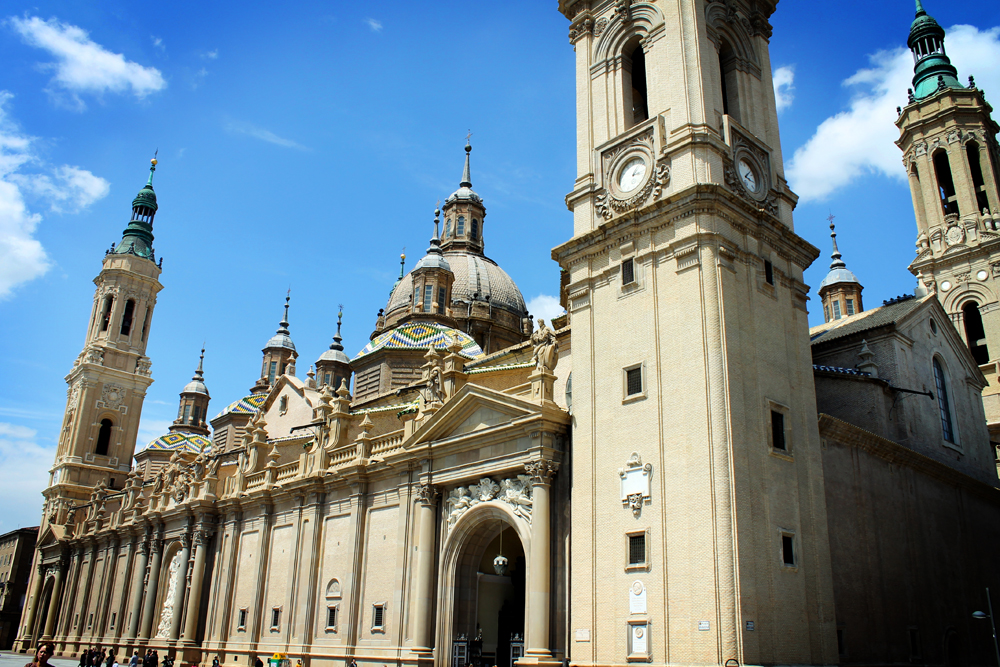
Zaragoza’s Basilica
Did you know that this is said to be the first church built for the Virgin Mary, after she appeared there to Saint James in the year 40 AD? Nuestra Señora del Pilar is also the patroness of the Hispanic world. I may not be Catholic myself or have a full understanding of Spain’s veneration of representations of the Virgin Mary, but I can appreciate the historical significance.
We then checked out the excavation site of a Roman amphitheater from the 1st century AD. It strikes me now that I’m living in Australia how short-sightedly blasé about ancient Roman ruins I became while living on a continent where they’re ubiquitous. Anyway, foolishly unimpressed with these, we crossed the Ebro River to the more modern side of the city for an even more majestic view of the basilica. There, tired from our morning bus ride, we spent some time sunbathing in a park.
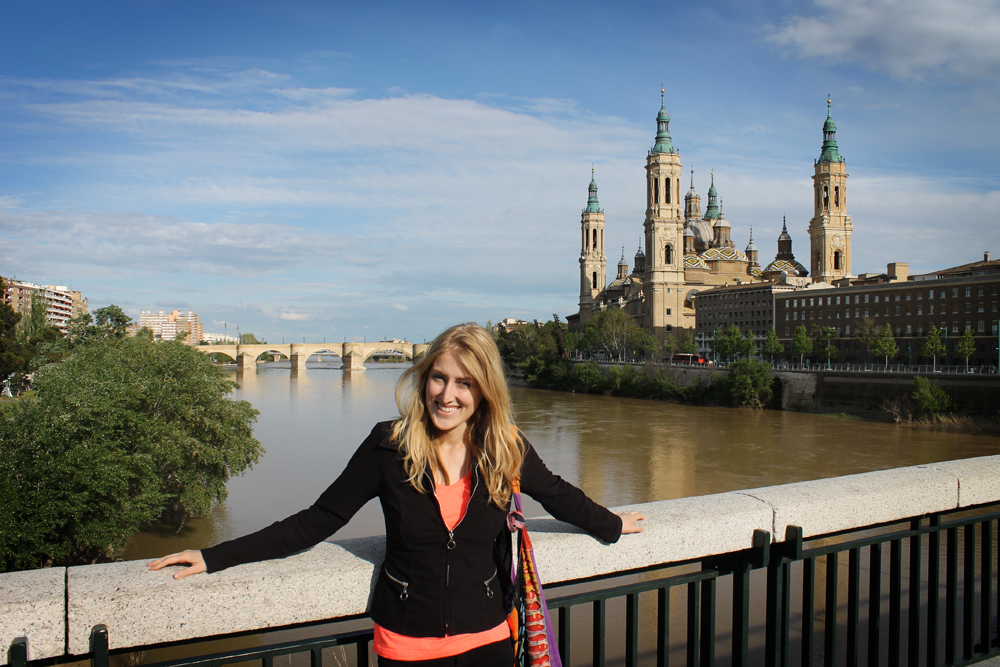
Ain’t a bad basilica
We found a spot for tapas (which, as I recall, were overpriced but still delicious) and then walked around the old center, even prettier by night. We found a quiet bar to enjoy some wine and then had a bit of fun posing with the statues in Zaragoza’s main square in front of the basilica.
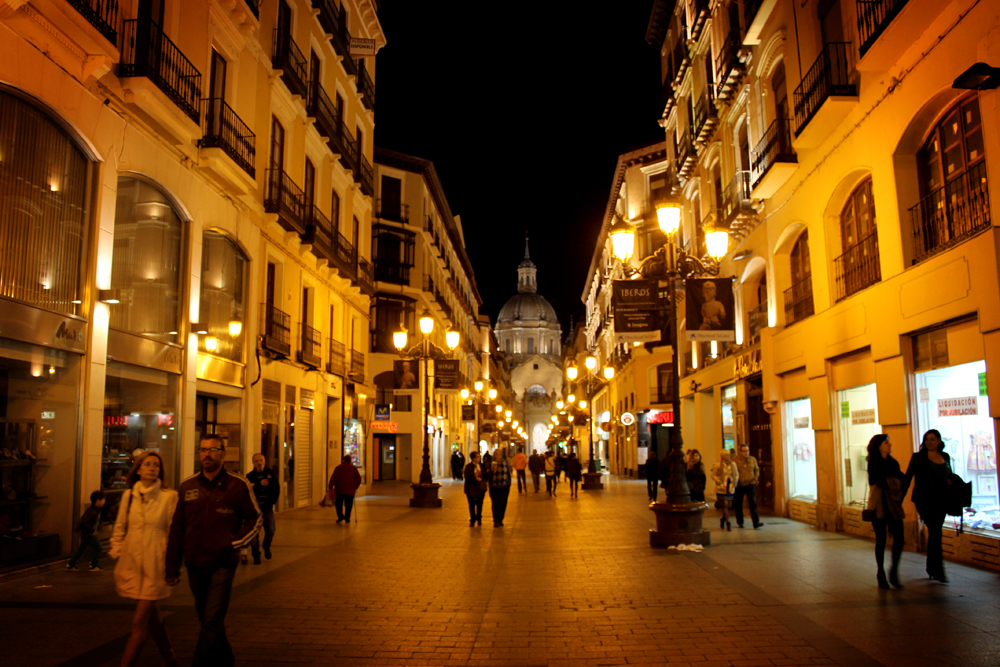
Zaragoza by night
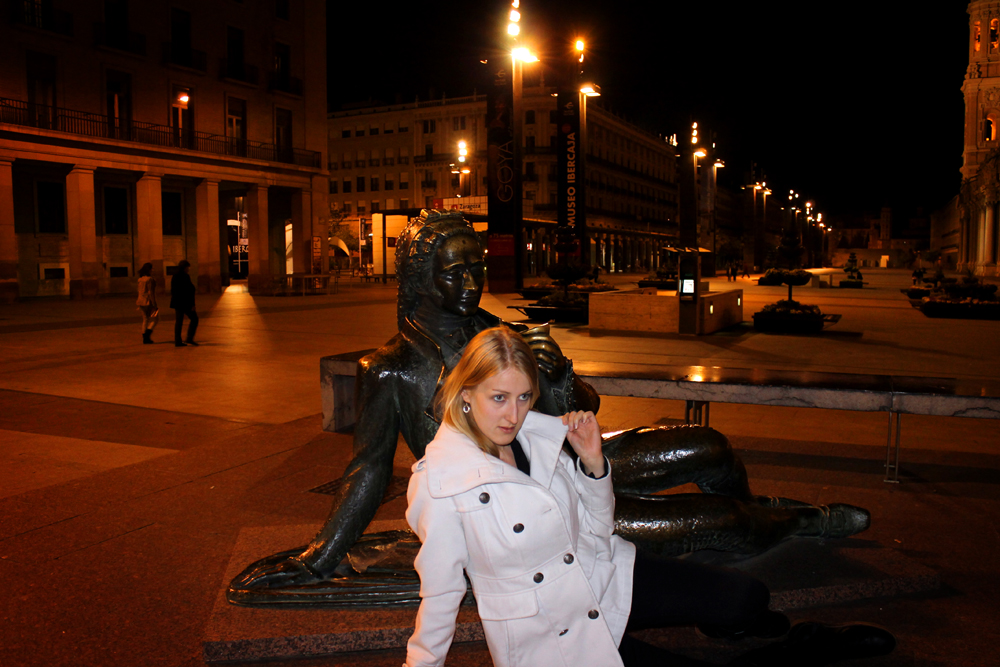
Making friends with the statues of Zaragoza
With the only plan for day two being to explore another part of Aragón, we sat ourselves down at the hostel’s computers researching our options nearby and finally settled on Huesca, a town about an hour away where we would head the following morning.
Huesca is a small town, and its size combined with the day’s dreary weather made for a less than thrilling but still relaxing day trip. Huesca’s major landmark is their gothic cathedral, but we also took delight in some of the town’s captivating street art.
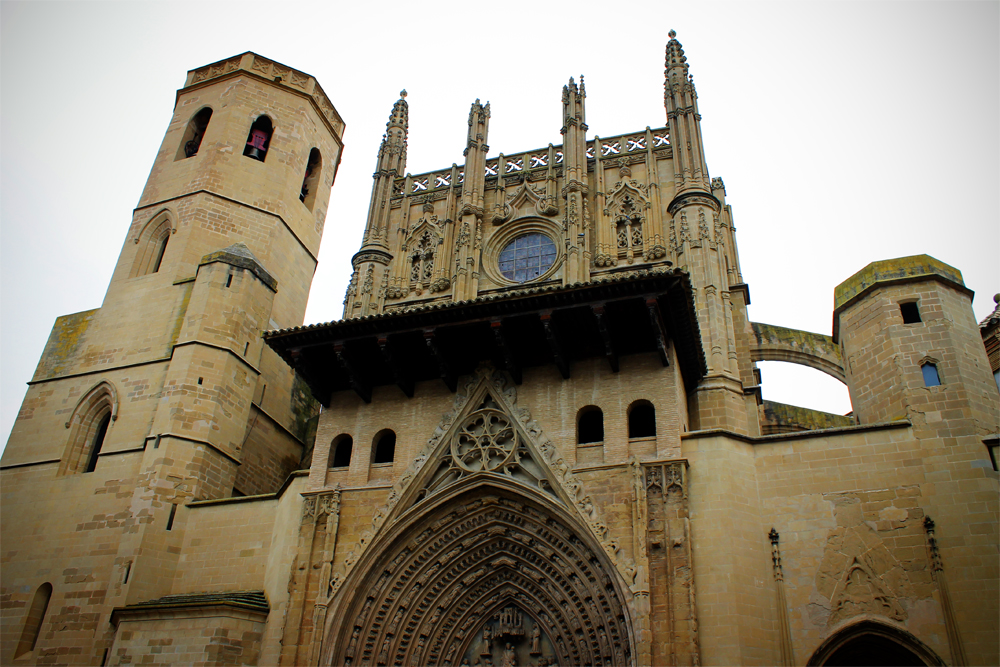
Huesca’s cathedral
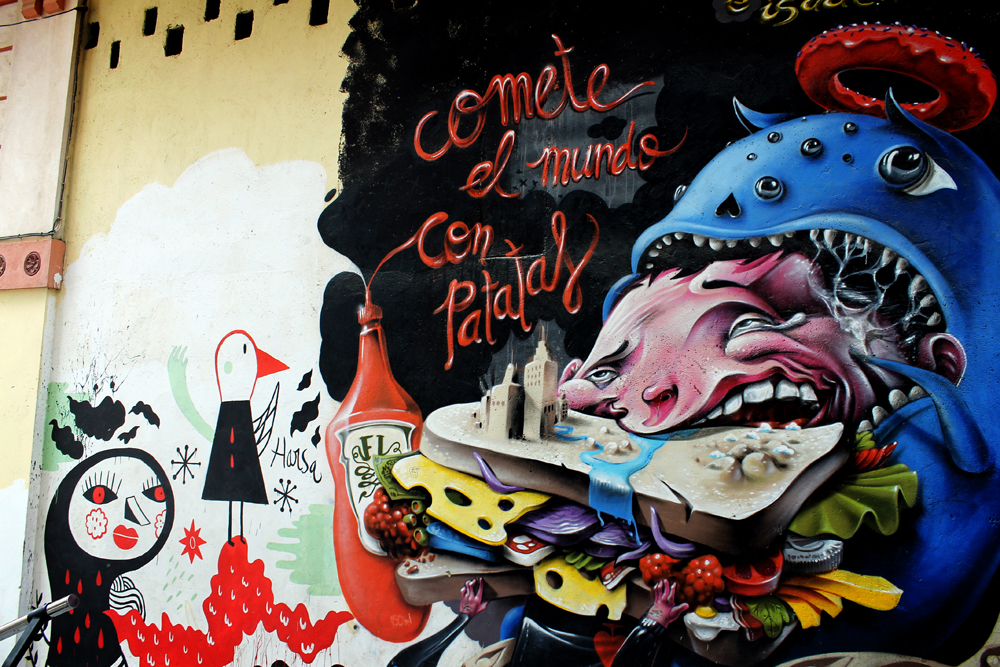
Street art in Huesca
The province is largely known for its geology, with striking rocks towering over towns like Aguero. Taking a wander out of the center of town for a bit of a mini-hike, we did catch a glimpse of some of these formations in the distance before returning to Zaragoza.
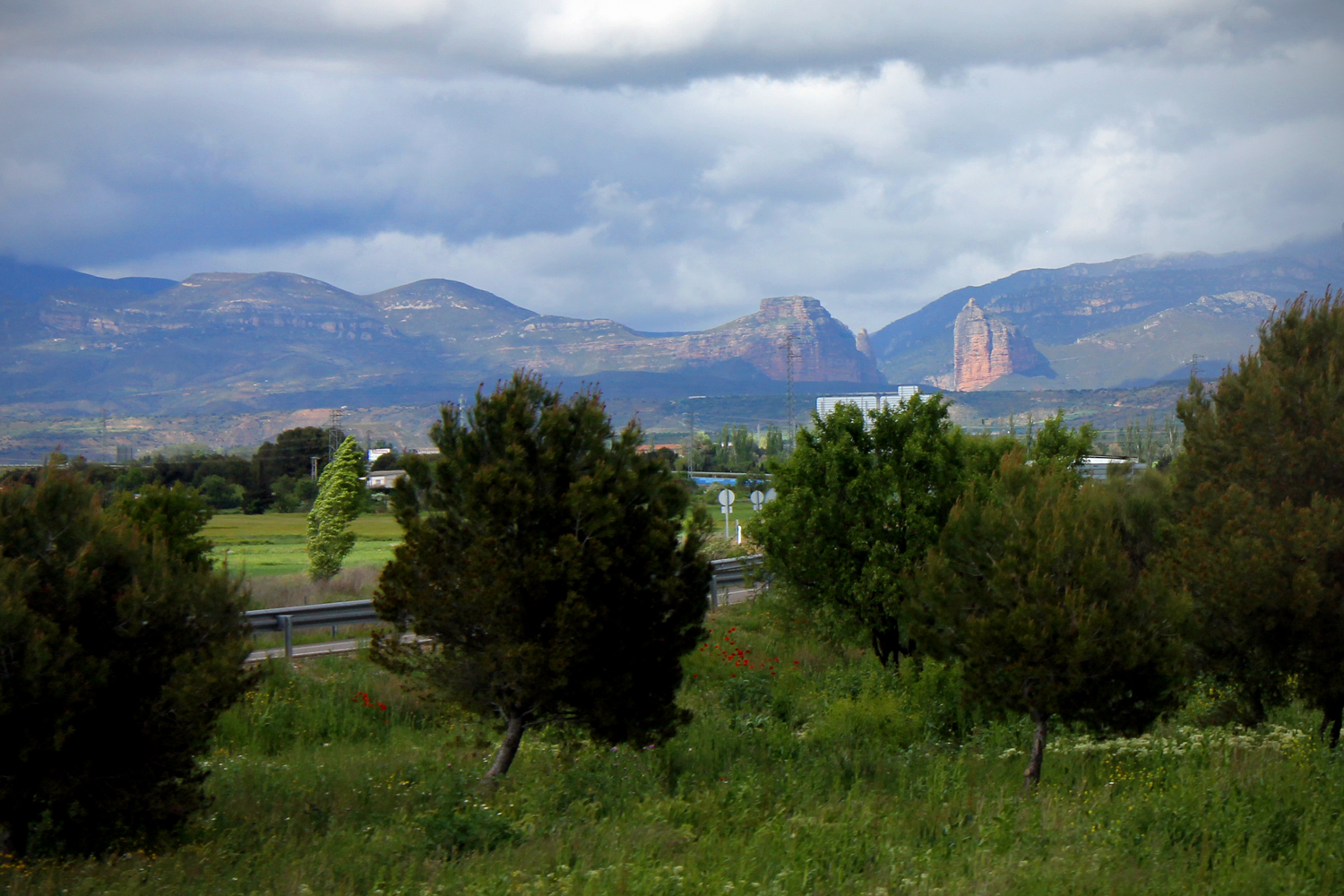
The view from Huesca
Back in Zaragoza, we checked out some more street art on the walk back from the bus station, explored a temporary exhibit on Spain’s prehistoric heritage, and wrapped up our visit at La Lonja, a Renaissance-era building that was hosting an art exhibit. Then it was time to set off for the next city, Pamplona, in my 15th comunidad autónoma, Navarra.
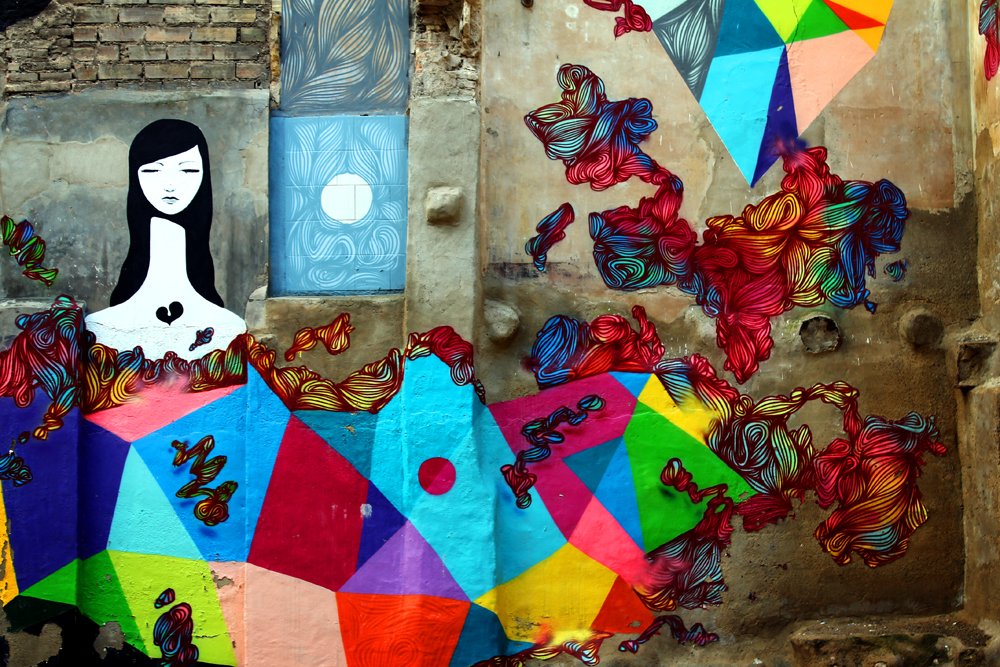
Street art back in Zaragoza
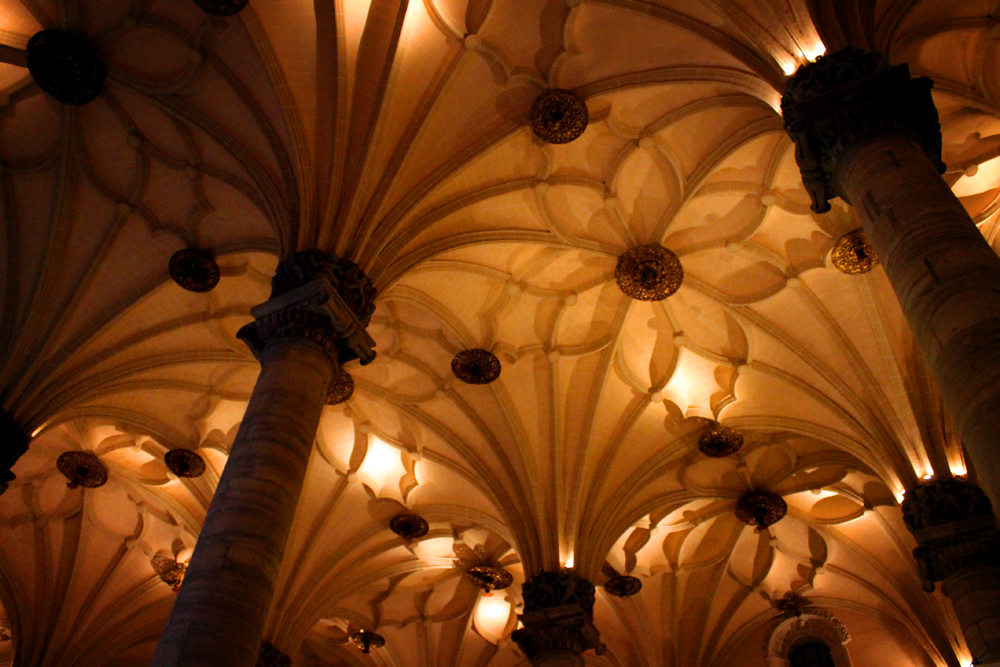
La Lonja’s ornate ceiling
Spain may be widely known for cities like Barcelona, Madrid, and Sevilla, which I can confirm are definitely worth seeing. However, during my time in Spain, I grew to appreciate just how much the entire country has to offer. One could spend a decade touring Spain and still have more to see, with Aragón being just the tip of the iceberg…and for many reasons beyond my thirteen-year-old fangirl ways.
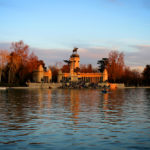
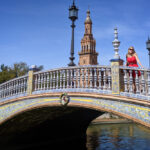
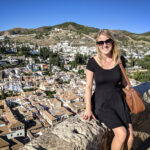
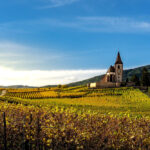
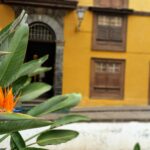


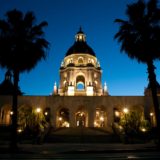


Zaragoza have a special place in my heart 🙂 Its like walking back in time … it breathes history and by the way, I love your pics, very well taken!
Thank you! It really is a beautiful place!
It makes me so happy (and nostalgic, and weepy) to read about Aragón and Huesca, especially! I took a miserably-cold trip out to that region at the exact midpoint of my time in Spain, and fell madly in love with it—the gorgeous architecture, the cheap, hearty food, the lovely accent, the lack of tourists, the street art…I could go on. I’m glad you enjoyed Zaragoza’s and Huesca’s excellent street art as well; they were half the reason I couldn’t get enough of those two cities!
And that Gothic ceiling in La Lonja…be still my heart, gaaah so beautiful
Writing the post made me nostalgic! It’s a wonderful part of Spain. Must be if you still enjoyed despite miserable weather!
The layers of history in Spain are so rich and vivid. Zaragoza and Huesca both figure prominently in Hemingway and Orwell’s written accounts of the Spanish-American war. Having recently read both related to a different blogging purpose, it was nice to see your photos.
When looking up some details for this post, I did see that Orwell and Hemingway mention the cities! History and literature can make travel a hundred times more interesting. I should do some more Hemingway reading in preparation for my upcoming trip to Cuba!
Zaragoza sounds like so much fun! Kudos to you for making the most of your study abroad time!
Thanks! It was great to be able to explore so much of Spain during my time there.
WOW! Your pictures are freaking gorgeous! I think the statue one is my fave! Great post 😀
Thanks so much, Bettina! 🙂
My trip to Zaragoza (right after we went to Turkey together!) was plagued with horrid weather and the flu. One day…!
Eek, does not sound like a great trip! But you’re close enough to return under better conditions!
I appreciate the story about WHY you wanted to visit Aragón- that’s too funny!! I am in LOVE with that street art in both places- It’s amazing!! They both sound like great spots for diving into culture, good food, and sights, and it’s nice that they’re off the beaten path a bit. 🙂
It’s a bit of an embarrassing story, but I had to share! 😀
Gorgeous photos! The basilica looks amazing, and that night scene of Zaragoza makes me want to be there.
Thanks, Connie! It’s a really beautiful city!
glad that you enjoyed Aragon, a place with a lot of history….and sad that you have ignored Murcia, haha
Spain does have 17 regions, you visit all of them save for, save for…Murcia! this is really frustrating from my Murciano pride 🙂
I didn’t intend to ignore Murcia, just ran out of time to visit! It’s on the bucket list still!
You refreshed my memories :). I visited Zaragoza and Huesca around 5 years ago, took loads of pictures and never backed them up… Then my laptop got broken and I lost all of them… Bad luck!!!
I invite you to check out my VIDEO REPORT from my short visit in TOKYO
http://www.travelekspert.com/2015/09/tokyo-experience-movie.html
Ahhh I HATE when things like that happen! Glad I could at least refresh your memories!
Nice info, colud you inform me the public transportation to get arround to main tourist attraction in zaragoza
Zaragoza can be seen pretty easily on foot! I didn’t personally experience the local buses, but Spanish public transportation is usually pretty easy and reliable, if you need to go out of the center.